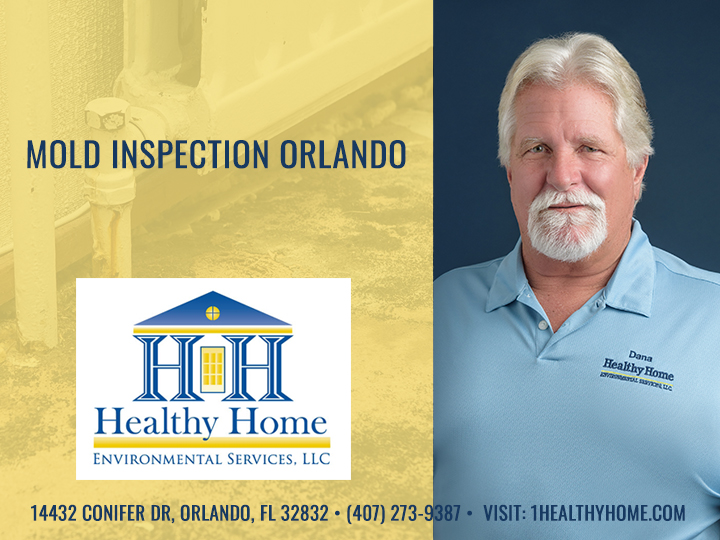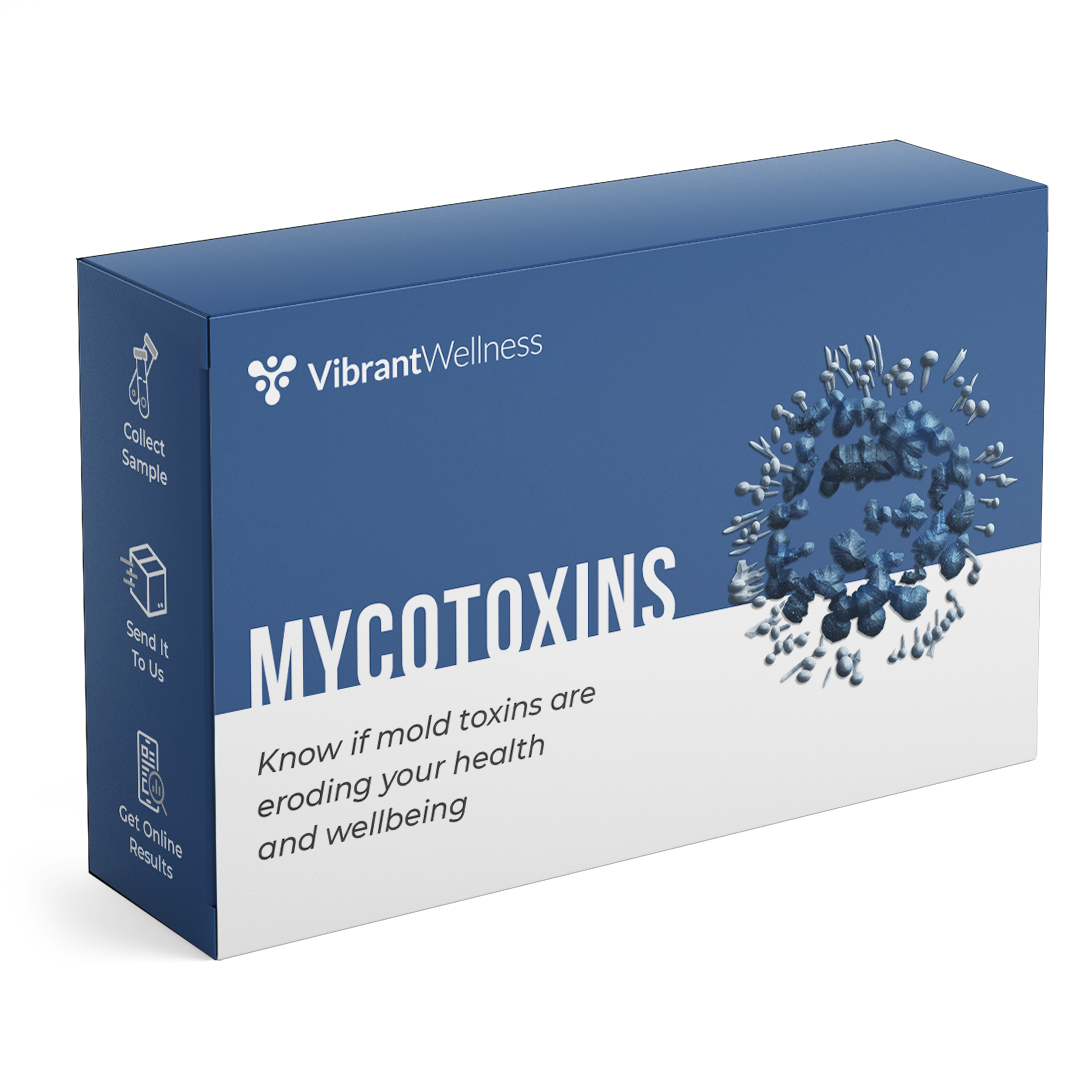Just How Mycotoxin Screening Helps Protect Against Contamination and Safeguard Food Supplies

Mycotoxin testing is an essential method in the food market, serving as a frontline protection versus contamination by dangerous contaminants produced by molds. Via the application of advanced methods like High-Performance Liquid Chromatography (HPLC) and Fluid Chromatography-Mass Spectrometry (LC-MS), food producers can accurately evaluate and find mycotoxin degrees in agricultural items.
Comprehending Mycotoxins
Understanding mycotoxins starts with recognizing that they are poisonous second metabolites produced by specific molds, which can infect agricultural products. These metabolites are not important for the development or recreation of the fungi yet can have extreme ramifications for human and animal wellness. Mycotoxins are typically discovered in staple crops such as corn, wheat, barley, and nuts, where they can proliferate under particular conditions of moisture and temperature.
There are numerous types of mycotoxins, each created by various fungal types. Fusarium varieties produce trichothecenes and fumonisins, both of which are connected with various intense and persistent health and wellness issues.

Risks of Mycotoxin Contamination
The dangers of mycotoxin contamination are multifaceted, presenting significant threats to both food security and public health. Mycotoxins, hazardous compounds created by specific sorts of fungi, can contaminate a wide variety of farming products including cereals, nuts, seasonings, dried out fruits, and coffee. As soon as these toxins penetrate the food supply, they can cause significant wellness issues such as liver damage, kidney failure, and also cancer cells. At risk populations, consisting of children, the elderly, and immunocompromised people, are specifically in jeopardy.
Economic effects are one more major issue. Contaminated crops can result in significant financial losses for farmers and food producers because of lowered returns and the need for costly purification steps. In addition, international profession can be considerably hindered as countries impose strict mycotoxin guidelines to secure their populaces, leading to denied deliveries and strained profession relations.
Environmental factors such as environment adjustment worsen the risk of mycotoxin contamination. Variants in temperature level and humidity can produce desirable problems for fungal growth, raising the probability of contamination occasions. Therefore, understanding and mitigating these risks are critical for making sure the safety and security and integrity of global food products.
Approaches of Mycotoxin Testing
Properly identifying mycotoxin contamination in farming products is vital for guarding public wellness and maintaining food security criteria. Numerous methods are employed to find and quantify mycotoxins, each offering particular advantages and constraints.
High-Performance Fluid Chromatography (HPLC) is a widely made use of method due to its high sensitivity and precision. It entails separating mycotoxins from various other compounds in an example, making it possible for accurate quantification. Liquid Chromatography-Mass Spectrometry (LC-MS) combines liquid chromatography with mass spectrometry to give detailed molecular details, making it especially useful for identifying numerous mycotoxins all at once.

Gas Chromatography-Mass Spectrometry (GC-MS) and Thin-Layer Chromatography (TLC) are additionally used, each with unique applications. GC-MS is reliable for unstable mycotoxins, while tender loving care supplies a less complex, affordable alternative for initial testing.
Benefits of Routine Testing
Regular screening for mycotoxins in farming items uses various advantages, dramatically contributing to public health and food security. By identifying contamination early, regular screening aids protect against the circulation of harmful foods, thereby decreasing the risk of mycotoxin-related illnesses amongst customers. This positive method not only safeguards human wellness but additionally boosts the general quality page of food products.
Regular screening likewise supports regulatory compliance. Various countries and areas have established strict useful reference limitations for mycotoxin levels in food and feed. Abiding by these limits with routine screening guarantees that manufacturers and distributors meet legal standards, thus staying clear of fines and trade obstacles. Maintaining compliance promotes consumer depend on and brand name online reputation, which are crucial for market success.
Additionally, routine mycotoxin screening can result in considerable economic benefits. Early discovery of contamination allows for timely intervention, lowering prospective losses from widespread contamination. Applying normal screening procedures can likewise minimize recall prices and associated obligations, which can be monetarily ravaging.
Moreover, routine testing offers useful data that can educate far better farming methods and storage conditions. By comprehending patterns of contamination, producers can embrace preventive measures, therefore contributing and minimizing future dangers to the sustainability of the food supply chain.
Applying Examining Procedures
Executing reliable mycotoxin screening protocols is crucial for making certain the safety and top quality of farming products. Developing a robust testing structure involves several key steps, starting with the recognition of prospective contamination points within the production and supply chain. This consists of pre-harvest, post-harvest, storage space, and distribution stages. Each phase needs to be looked at to identify where mycotoxin contamination is probably to occur.
Once crucial control factors are determined, picking appropriate testing techniques is essential. Usual strategies include enzyme-linked immunosorbent assay (ELISA), high-performance liquid chromatography (HPLC), and mass spectrometry (MS) Each technique has its weak points and strengths; thus, choosing the proper one relies on the details mycotoxin being tested, the called for level of sensitivity, and available resources.

Lastly, incorporating the testing methods right into an extensive food safety and security administration system is suggested. This boosts traceability and makes it possible for quick rehabilitative actions when contamination is detected, therefore have a peek at this website securing the stability of the food supply chain.
Final Thought
Mycotoxin screening is vital in stopping contamination and safeguarding food products by making it possible for very early detection of unsafe toxins produced by mold and mildews in farming products. Normal testing boosts brand credibility, financial security, and count on in food safety by decreasing contamination-related losses and keeping high standards in food production.
Mycotoxin screening is an indispensable method in the food industry, serving as a frontline protection versus contamination by harmful contaminants created by mold and mildews. An incorporated strategy including agricultural practices, storage administration, and routine screening can minimize the threats associated with mycotoxin contamination, ensuring food safety and security and public health.
The risks of mycotoxin contamination are multifaceted, posturing significant hazards to both food safety and security and public health.Regular screening for mycotoxins in agricultural products supplies countless benefits, substantially contributing to public wellness and food security.Mycotoxin testing is crucial in preventing contamination and safeguarding food supplies by enabling early detection of hazardous toxic substances created by mold and mildews in agricultural products.